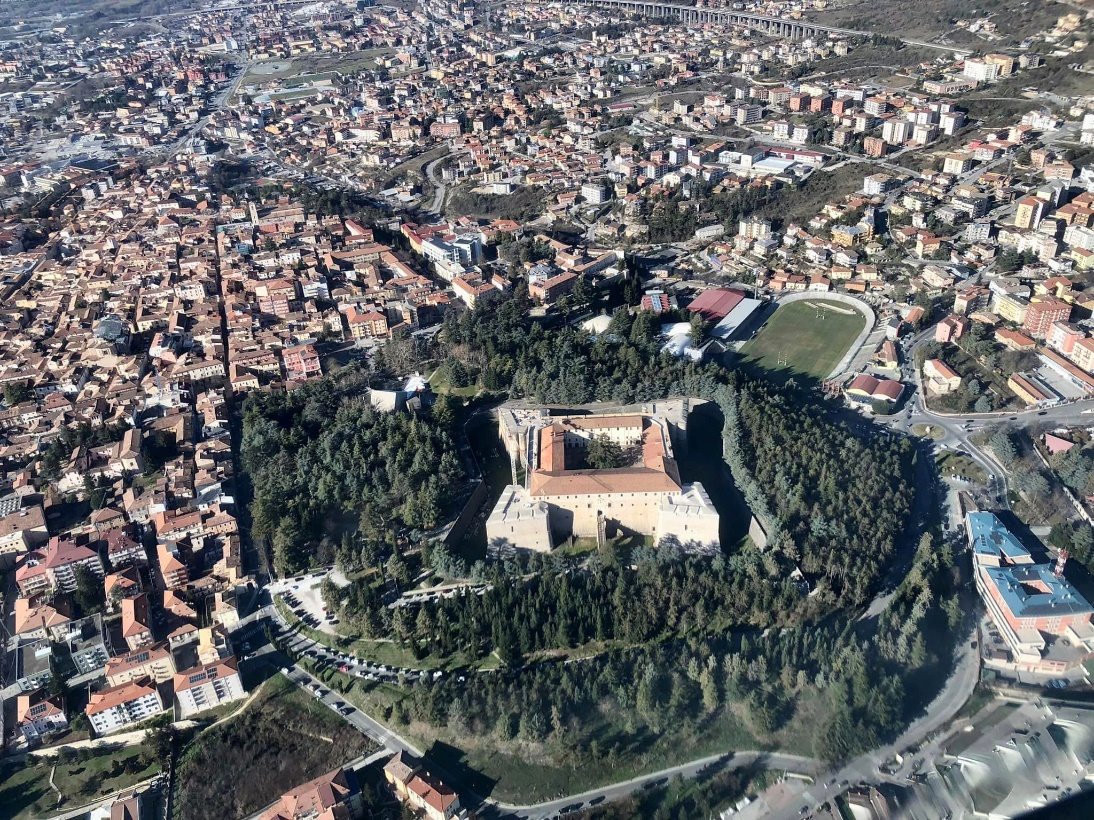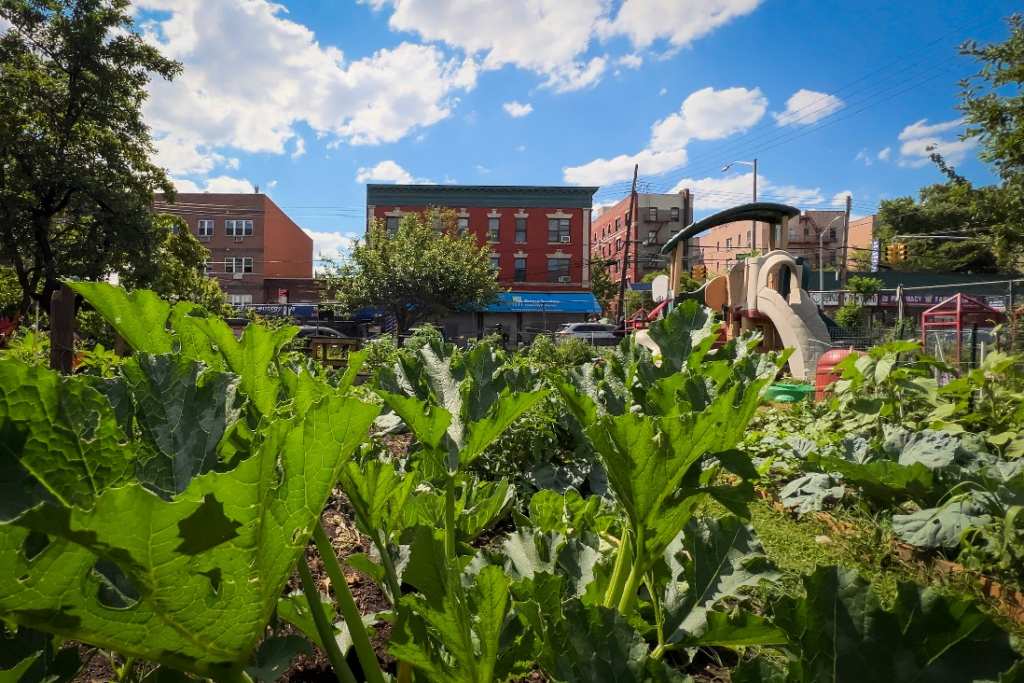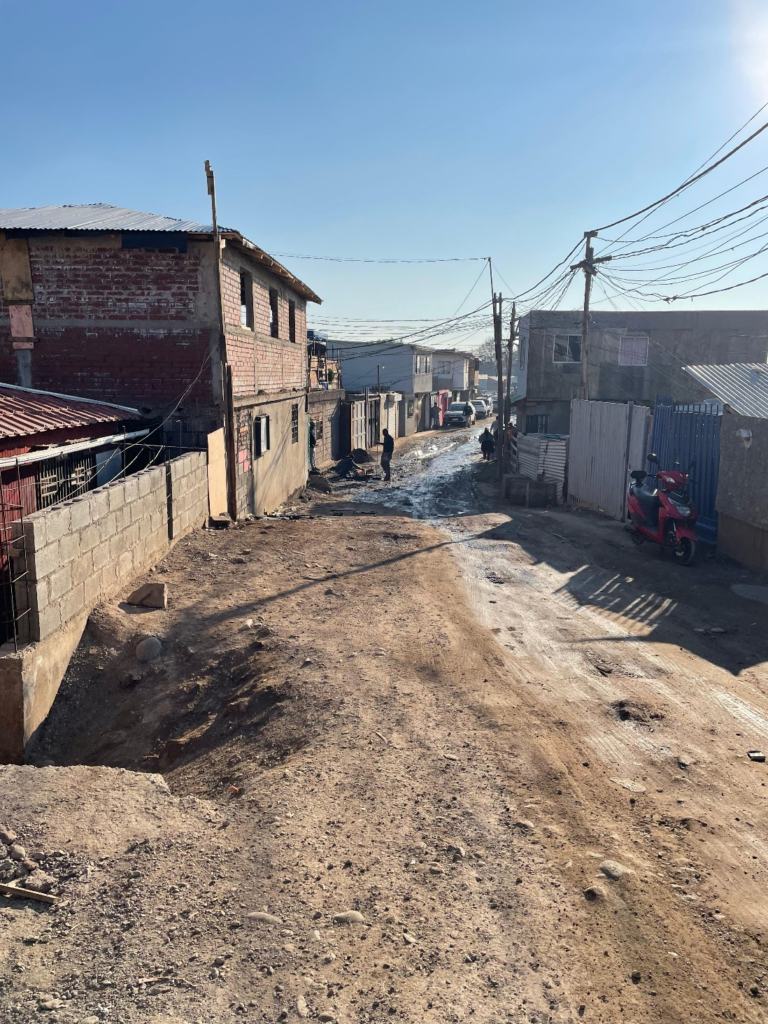City Know-hows

Although the CASE and MAPs were supposed to be temporary shelters for displaced persons, after fourteen years, they have not received proper maintenance and are dilapidated. This scenario opens to the idea that living in these places could negatively affect different psychological aspects, including perceived urban quality and environmental well-being.
Share
Target audience
City officers, urban leaders, and professions in urban and environmental policy
The problem
After the earthquake that struck L’Aquila city, Italy, on 6 April 2009 there were projects for emergency shelter. MAPs (Moduli Abitativi Provvisori) provided temporary housing modules and CASE (Complessi Antisismici Sostenibili ed Ecocompatibili) built sustainable and environmentally friendly anti-seismic complexes. Although the CASE and MAPs were supposed to be temporary shelters for displaced persons, after fourteen years, they have not received proper maintenance and are dilapidated. This situation could affect inhabitants’ urban quality and environmental well-being.
What we did and why
Given that the negative structural conditions affecting the two main types of emergency housing in L’Aquila, such as MAPs and CASE projects, we evaluated perceived urban quality and environmental well-being in a sample of 100 inhabitants.
Our study’s contribution
Our study provides an innovative perspective on the critical situation involving the MAPs and CASE projects addressing different individual factors, including age, quality of life, and environmental well-being, after an emergency such as the L’Aquila earthquake of 6 April 2009.
Impacts for city policy and practice
The current research highlights the need to reframing residential and urban environmental objective to include the consideration of psychological features. This could better safeguard overall well-being across the life span of any ‘temporary’ emergency dwellings, and potentially for a long time after the emergency.
Further information
Full research article:
Perceived urban quality and environmental well-being during the post-earthquake in the emergency housing of L’Aquila by Enrico Perilli, Danilo Bontempo, Matteo Perazzini, Martina Bucci, Rosa Anna Passaretti, and Marco Giancola.
Related posts

Health impact assessments are a key tool to bridge the worlds of planning and health, but there’s a risk they become a ‘tick box’ exercise with little real-world benefit. Learning from recent practice in English local authorities can help maximise their effectiveness in producing healthier developments.

This work unveils the heterogeneous preferences of different hospital users for green infrastructure improvements that could improve their health and wellbeing. Moreover, it shows that distinct motivations determine their demand for spending time outdoors and their willingness to pay for these improvements.

Using a qualitative approach, we examined health vulnerabilities and community strategies in response to climate crisis conditions, involving 22 residents from the Toma Nuevo Amanecer informal settlement. Primary data was collected through ethnography, a focus group, and semi-structured in-depth interviews. This approach aimed to understand how extreme weather events, such as landslides, heatwaves, floods, fires, and air pollution, impact migrant communities and their coping strategies.